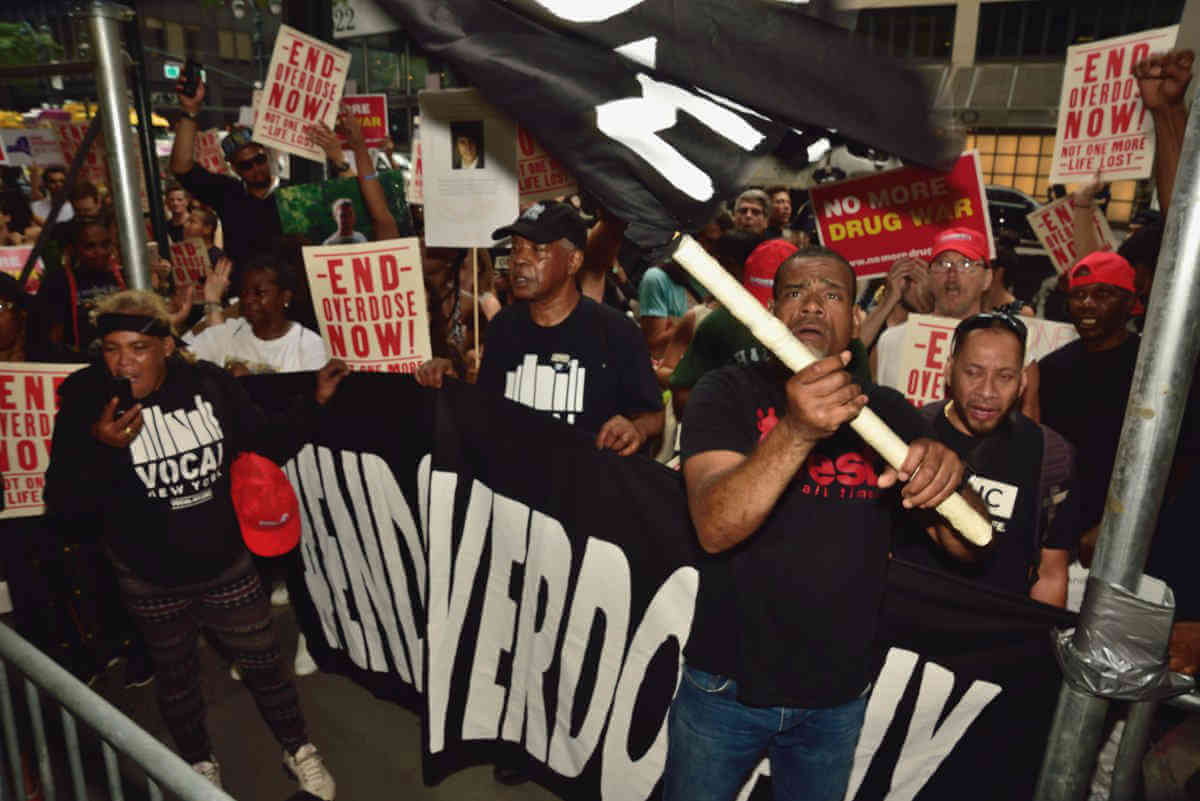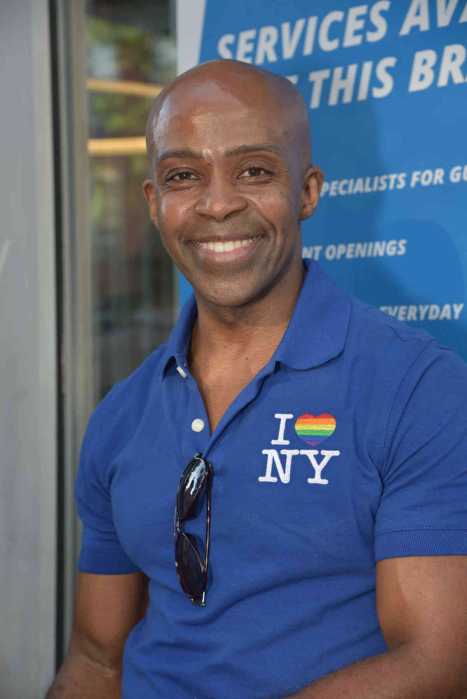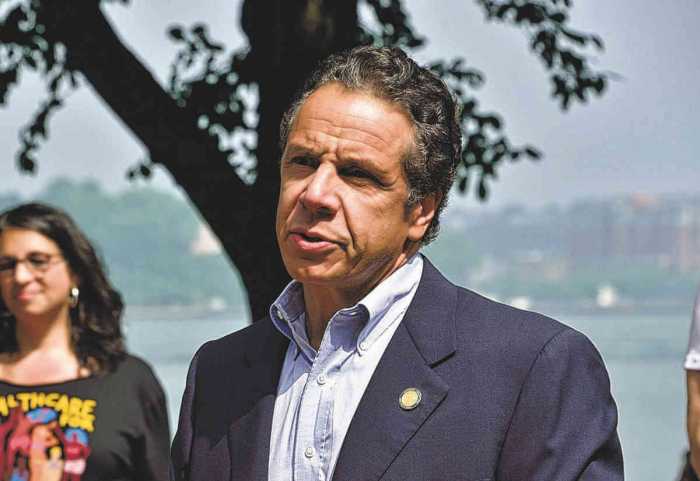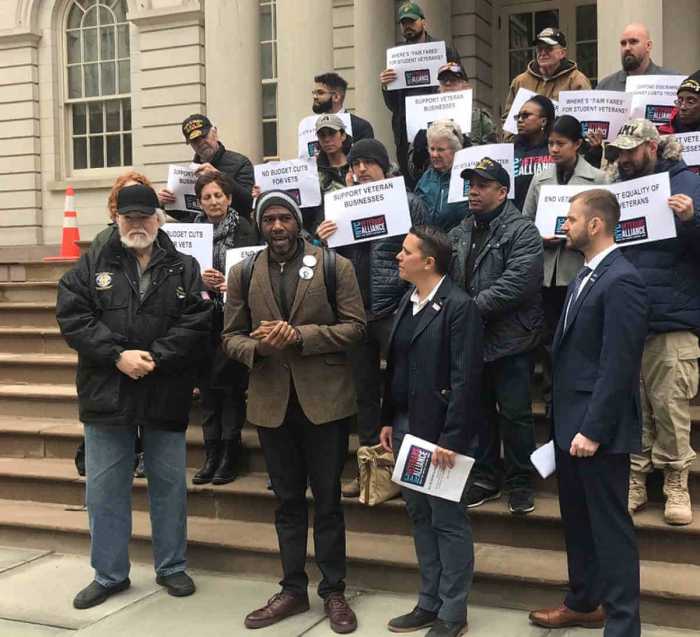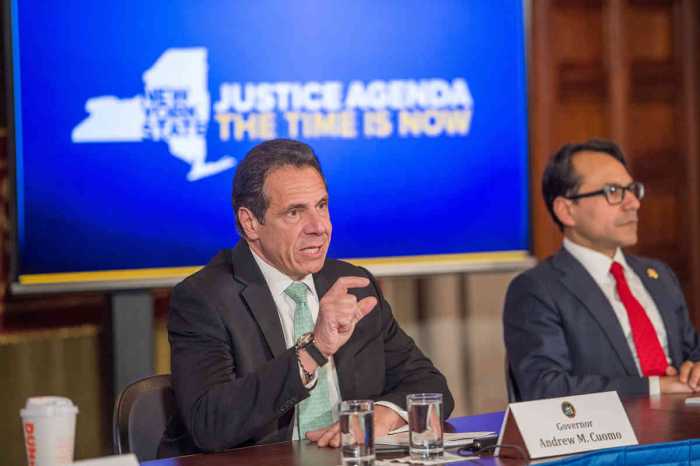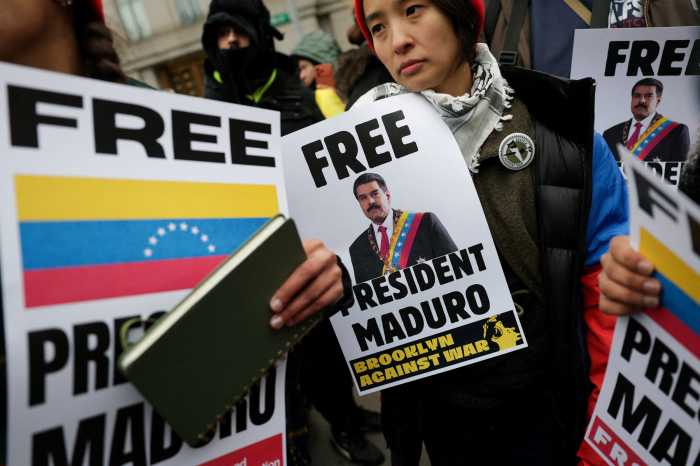At its largest demonstration ever, End Overdose NY tried to shame Governor Andrew Cuomo into introducing comprehensive changes that will bring down the number of opioid-related deaths.
The protestors from the harm reduction community who support a public health approach dramatized their criticism by marching from the New York City morgue on East 26th Street, where dead users are brought, to the governor’s Midtown office on Third Avenue.
The protesters, numbering more than 200, filled three city blocks during the August 31 march, marking International Drug Overdose Awareness Day by carrying signs pleading for an end to overdoses.
The organizers publicized the success of efforts in Massachusetts, Rhode Island, and Vermont, which the Centers for Disease Control and Prevention says have reached a tipping point, with the number of fatal overdoses declining. These declines buck the national trend of most states, including New York, seeing an increase in fatalities.
Rhode Island convened a task force shortly after the 2014 election of Governor Gina Raimondo that drew on the resources of state health agencies and the Brown University School of Public Health. The task force steered clear of abstinence programs for opioid addiction and promoted medically assisted treatment.

That state trained physicians to provide drugs like methadone and buprenorphine to opioid users, dramatically reducing their risk of a fatal overdose and protecting the users from going to jail. Such programs also lowered costs by keeping the prison population down. In a crucial innovation, Rhode Island made these legal drugs available to prisoners and, upon their release, connected them to physicians who provide these services.
Ex-prisoners who are denied medically assisted treatment often go back to heroin and are at a high risk of a fatal overdose. This risk also applies to users in 12 Step programs who abstain but receive no other medical intervention, lose their tolerance for the drug, and then relapse by returning to their former dose with fatal consequences. There is widespread consensus that when it comes to opioid use, medical intervention offers higher retention rates and greater success than abstinence-based programs.
Nationally, 2017 saw a new high in overdose deaths at 72,000, more deaths in one year than the total for American soldiers killed in Vietnam. But the three New England states bucked this trend by actively bringing public health measures into their small towns. Services like needle exchanges and medically assisted treatment that were widely used in big cities became available. New York has yet to establish this system either in its prisons or in upstate communities.
One major concern here is that progress on establishing safer consumption spaces, where drug use is supervised by health professionals, is at a standstill. After many months of delay, Mayor Bill de Blasio in May approved such a program provided that the State Health Department supported it. Nobody expects any further progress until after the November gubernatorial election. In the meantime, overdose deaths are a daily event.
Safer consumption spaces allow users to test their drugs for fentanyl, a highly potent opioid that is used to cut heroin in the eastern half of the US and implicated in a growing number of overdose deaths. Users consume their drugs in the presence of overdose prevention workers who intervene when a user lapses into such a deep stupor that they might stop breathing. Those health workers can also connect users to treatment programs.

Naloxone is a drug that is injected nasally and quickly restores normal breathing. This is one area where New York has achieved progress, but the results fall short of reducing the number of overdose deaths, which have been climbing since the start of this century.
In 2017, the Drug Policy Alliance released a 21-page report on responding to the crisis that included decriminalization of drug use — ending the buy and bust tactics that disrupt the lives of drug users and their supplier and replacing it with a public health approach.
This is the gold standard for ending the stigma surrounding drug use and offering users comprehensive health care. Bronx State Senator Gustavo Rivera gave this approach a rousing show of support, telling the marchers, “Addiction is not a moral failure. The moral failure is the leaders who won’t stand up” for making the changes that will save lives.
The hundreds of marchers were drawn from groups like VOCAL-NY, Bailey House, Housing Works, Gay Men’s Health Crisis, the Drug Policy Alliance, St. Ann’s Corner of Harm Reduction, and the Harm Reduction Coalition. Repeatedly, they voiced their mourning for the loss of 72,000 of “their brothers and sisters.”


